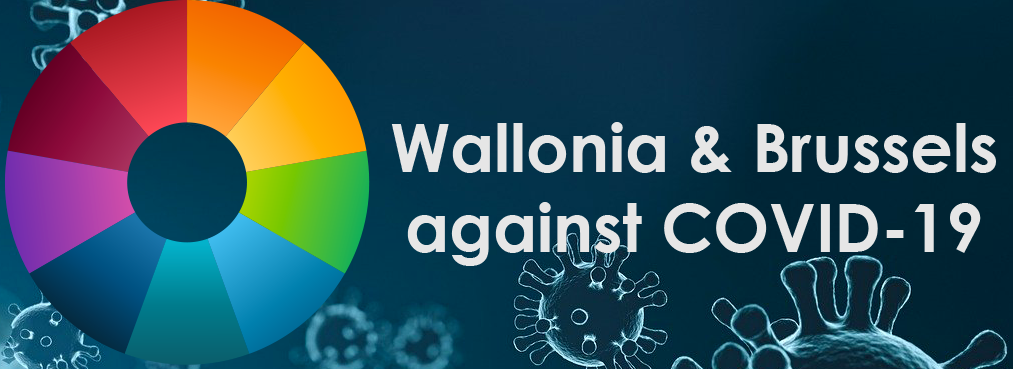Serge Goldman, Scientific Director
CMMI
" The Center of Microscopy and Molecular Imaging (CMMI) is currently involved in establishing an accurate SARS-CoV-2 virus distribution topography in the organs and various cells of patients who died in COVID-19 units by providing immunohistochemistry and electron microscopy services (study director Pr. Isabelle Salmon). We have also developed and are currently offering preclinical multimodal quantitative imaging - of lung inflammation - of bacterial population (pathogen or no pathogen) - and of viral infection by isotopic imaging. All these models enable the understanding of pulmonary pathological features caused by SARS-viruses such as CoVID-19. From molecular to humanized animal models, the CMMI provides customized imaging solutions to research projects on Coronavirus The CMMI is also a proud partner of the ULB diagnostic platform set-up in Gosselies to face the epidemic of SARS-CoV2. "
Contact: This email address is being protected from spambots. You need JavaScript enabled to view it.
Comment: The CMMI was co-founded by ULB et UMons and is supported...


